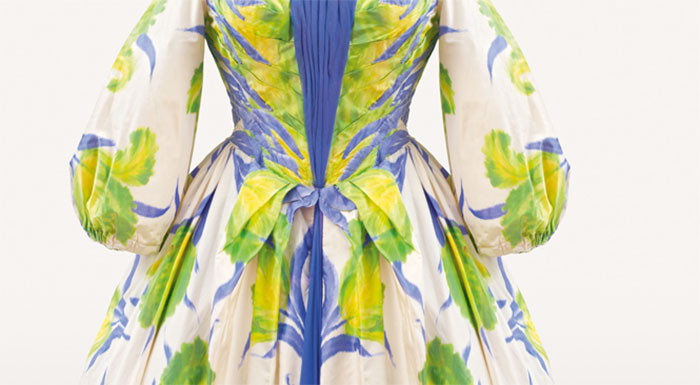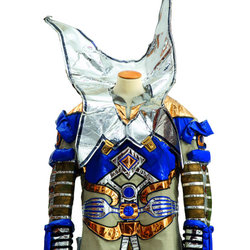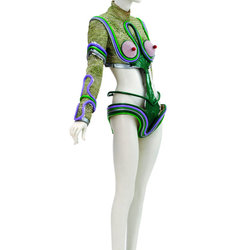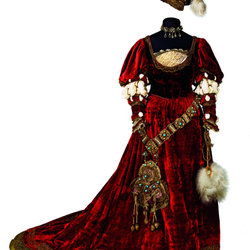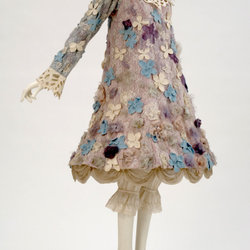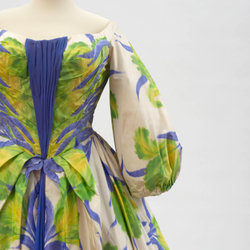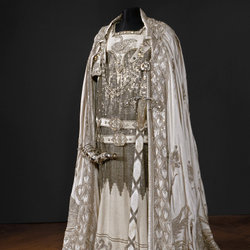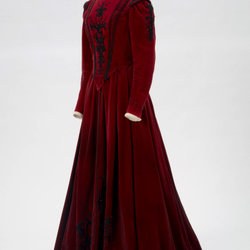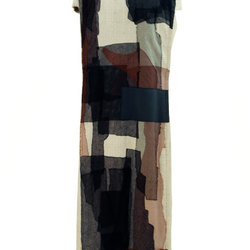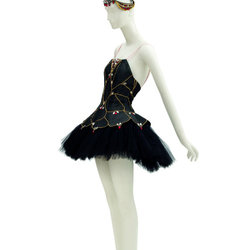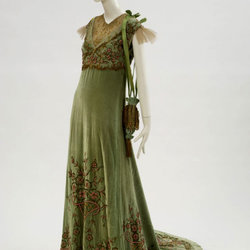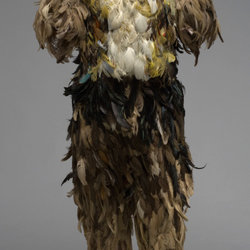The Charm of Transformations
The Charm of Transformations - from the Costume Collection of the Austrian Theatre Museum
The use of disguises and masks has been one of the most basic resources of the performing arts since the very beginning of theatre. When he slips on a costume, the actor also effectively slips into the role. Theatre costumes reveal hidden elements: they disclose something about the personality, gender, age and social standing of a character. Costumes tell stories and, because of their symbolic power, are widely viewed as an important theatrical tool to orient the audience and help them understand what is happening on the stage.
Costumes are not works of art, but must stand up to hard wear and were and are constantly altered and remade. It is all the more astonishing and noteworthy that, despite all this, more than a thousand costumes from the mid 19th century to the recent past have been preserved at the Austrian Theatre Museum. They emanate an atmosphere of originality and authenticity. In addition to their role as historical records, they have considerable emotional value.
Their wearers were legendary performers and actors, the designs bear the handwriting of renowned visual artists, international celebrated costume designers or fashion salons. The collection allows us to trace the importance and status of the costume through changing theatre aesthetics; further-more, it gives us an impressive overview of nearly two hundred years of Austrian theatre and opera history.
The exhibition includes pieces from the magnificent collections of the Austrian Theatre Museum and the costume depot of Art for Art, showing the most interesting, most spectacular and most imaginative costumes in seven themed displays:
– Myth of the Classical World. Antigone meets Elektra
– Gods, Heros, Saints. The theatre cosmos of Richard Wagner
– Homage to Fashion and Music. Der Rosenkavalier/Der Schwierige
– An Austrian Soul. Austrian Poets of the 19th and 20th centuries
– Whom the Gods Favour. Icons of the stage
– The Haute Ecole of Dance
– Powerhouse of Emotions. The World of Opera
The presentation at the Austrian Theatre Museum sets out to create awareness and increase discernment: on the one hand to train the eye to the important functions of the costume, to help decipher dress codes, to get to the bottom of the meaning of disguise, transformation and masquerade, and on the other hand to remind us of the idols of musical theatre, stars of dance theatre, and icons of straight theatre, and to help us conjure up the theatre of days gone by.


